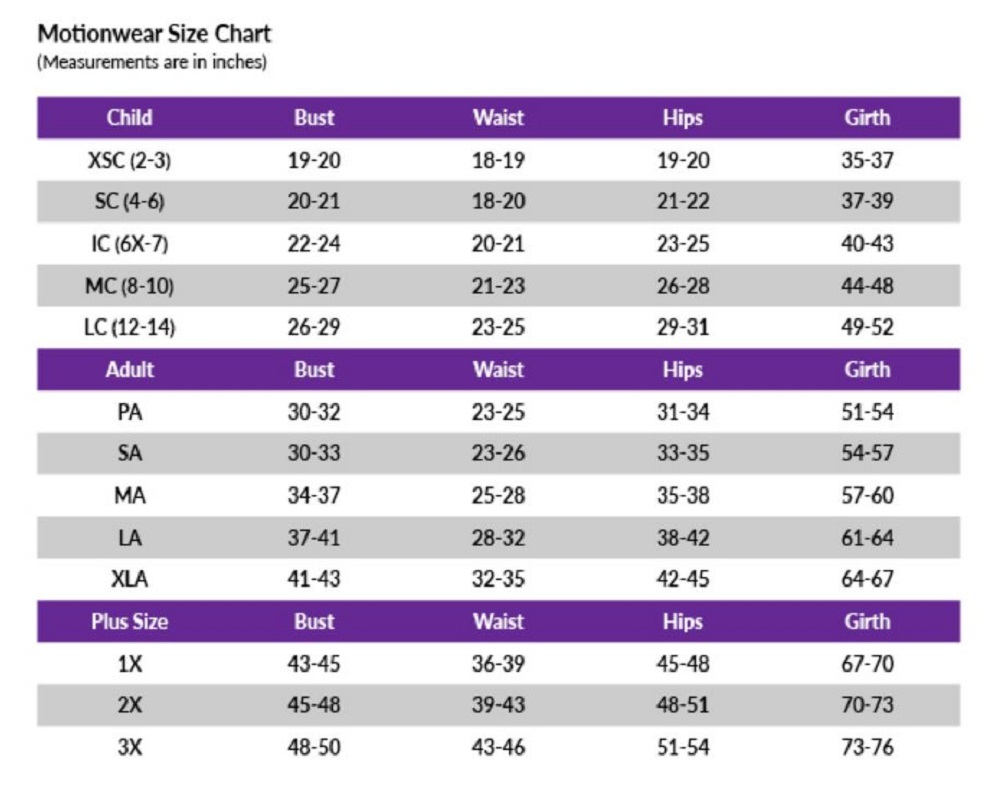

In addition, for individuals that are less than 60 inches in height (5 feet), you need to subtract 5 pounds for each inch below 60.įor heights less than 60″, subtract 5 lbs. Above seven inches is considered a large body frame, while measurements below seven inches correspond to a small body frame. If the wrist measurement is seven inches, the body frame is considered medium. Using a tape measure, you simply measure the circumference of your wrist.

This may seem subjective, however one way to determine frame size is by using your wrist measurement. Once you calculate ideal body weight using the above equation, you can then adjust this based on your frame size. Ideal Body Weight = 100 + (5 × (height – 60)) Ideal Body Weight = 106 + (6 × (height – 60)) Sometimes this common equation is also seen written using imperial units:


Ideal Body Weight = 48 kg + (2.7 × (height – 60)) This can then be adjusted either by increasing by 10% for those with a large body frame or decreasing by 10% for those with a small body frame. The base equation assumes a medium frame. However, the Hamwi equation also uses body frame in predicting ideal body weight. The Hamwi formula is very similar to the Devine formula. To convert this to pounds, multiply by 2.2. So, in this formula, a 5’5″ female would have an IBW of: This equation was initially based on estimates of ideal body weight and not population studies. The Devine Formula uses height only to determine ideal body weight. This is still one of the most commonly used formulas to calculate ideal body weight in clinical practice today. Devine in 1974 to allow estimation of drug clearances in obese patients. The first IBW equation was introduced by Ben J. Since these formulas all give similar results, any one of these equations may be used to estimate IBW. These ideal body weight equations all share a general agreement among the different height-weight tables from which they were based. Most of the ideal body weight formulas were derived using population data and weight trends. Interestingly, these equations were first introduced to estimate drug metabolism and clearance from the body as research has found that these factors relate more to ideal body weight than actual total body weight. Several different formulas have been developed over the years to estimate ideal body weight. On the other hand, obesity is associated with an increased prevalence of cardiovascular disease, hypertension, diabetes, and even certain forms of cancer.Ĭalculating what your IBW should be is one way to ensure you are maintaining a healthy weight. Maintaining an ideal body weight is associated with a decreased risk of chronic health issues and early mortality. This value is the optimal weight for a given height that corresponds to a favorable fitness and nutrition status. Ideal body weight (IBW) is an estimate of what an individual’s healthy weight should be based on certain parameters, most notably height and gender.


 0 kommentar(er)
0 kommentar(er)
